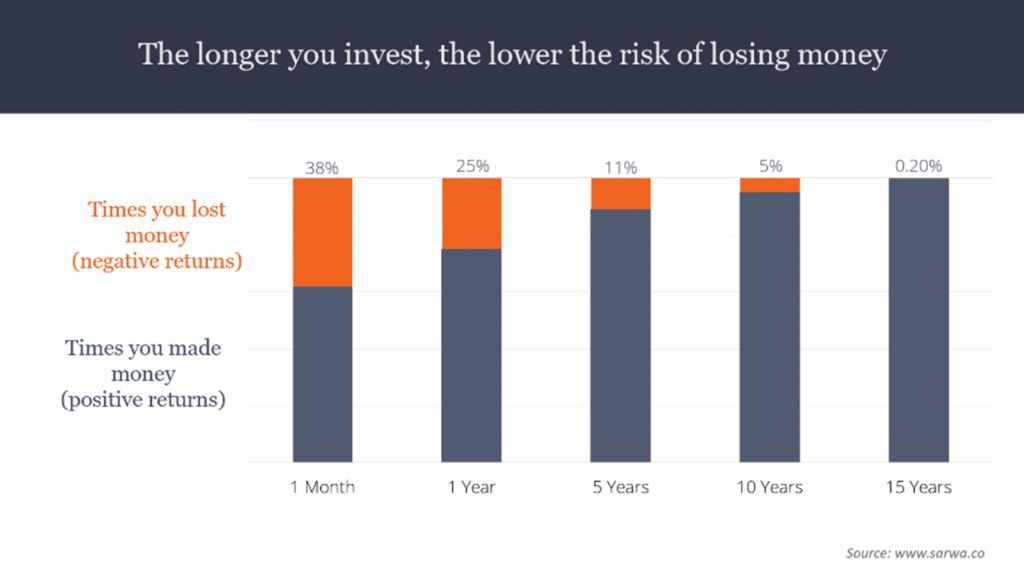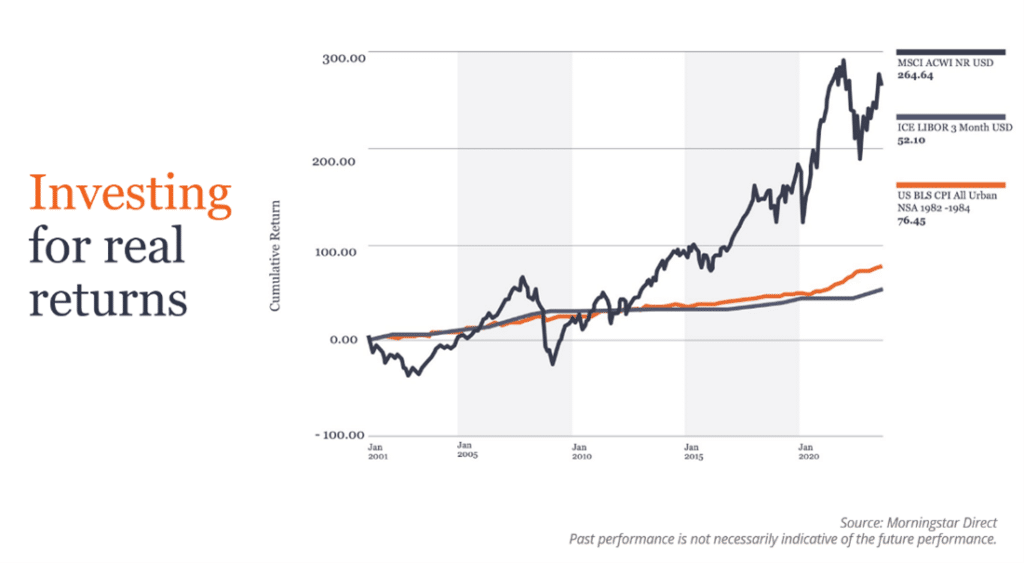Creating an investment plan can feel intimidating, especially if you’ve never done it before. Yet a robust approach can maximise your opportunities, build your confidence and help you to achieve financial freedom. Charlie Buxton, our Head of Investment Management, shares the key steps to cover when it comes to investment essentials.
Investment planning can feel like a rather complex skill to master. However, if you’re keen to explore opportunities to build your wealth over time then a good plan can help you better navigate global markets – and the opportunities they offer – and to grow your confidence when it comes to making future investment decisions. So, where to start?
Step 1 – establish a financial plan based on your goals
The cornerstone of any plan is to determine what you want to achieve. Do you plan to retire early? Buy property? Build wealth for the next generation? It’s important to be realistic about your goals bearing in mind what’s achievable given your income and earnings potential. Once you’ve set out your goals, you should review your plan regularly and adjust it, as circumstances in your life change. Creating a plan in this way can help you build wealth, with good evidence to suggest that those who take the time to do so are more likely to achieve their financial goals.
Step 2 – start saving and investing as early as you can
One of the most important factors when saving and investing is that starting early is crucial. Time in the market allows you to enjoy the benefits of compound interest – as your investments grow the interest you earn on the interest grows too. Consider an investment pot of £25,000 which you invest for 10 years enjoying a 5% average return. Then consider the same amount with the same average return but invested over 20 years. Your investment would have grown to £40,722 over 10 years, but £66,332 over 20 years. Staying invested – rather than trying to time the market by moving in and out of it – has historically proved sensible too.

Step 3 – diversify your portfolio
Understanding how you feel about risk will be a key point to explore with your financial adviser. You may feel more comfortable with higher risk options or prefer a more conservative approach. Consider how comfortable you feel about temporary losses and understand that asset classes behave differently; cash may offer a smoother journey than stock markets, but perhaps not the same returns. Building a diversified portfolio – which includes cash, bonds, equities and other asset classes – means you may be able to take the rough with the smooth; as the saying goes, you won’t have all your eggs in one basket.
Step 4 – consider fees and taxes
Any form of investing will likely carry certain fees, so understanding what these are is important. Ultimately, having someone manage your investment portfolio for you gives you access to a team of professionals whose role is to closely monitor the markets and ensure the funds you’ve chosen perform in the way they’re designed to. Fees are an inevitable part of this service. Your investment team should also be able to guide you towards tax-efficient investment options which can help avoid taxes eating into any returns too.
Step 5 – build in regular reviews
Reviewing your portfolio, considering how it’s performed and whether your circumstances or attitude to risk has changed should be done regularly – at least once a year. Staying engaged with your investments helps you better understand what works – and what doesn’t – and helps you to build a picture of how your investment plan is shaping up.
Step 6 – ignore the commotion
When markets jump or fall it’s inevitable the media will get involved. This ‘noise’ can confuse things, and you may feel wary about what to do. Remember that all markets fluctuate, and in these situations it’s vital to stay focused, discuss any concerns with your adviser and prioritise your long-term goals, rather than short-term performance.
In the past 20 years markets have risen and fallen, but long-term vision has offered rewards:
To discuss any aspect of investment planning, contact your nearest office.




